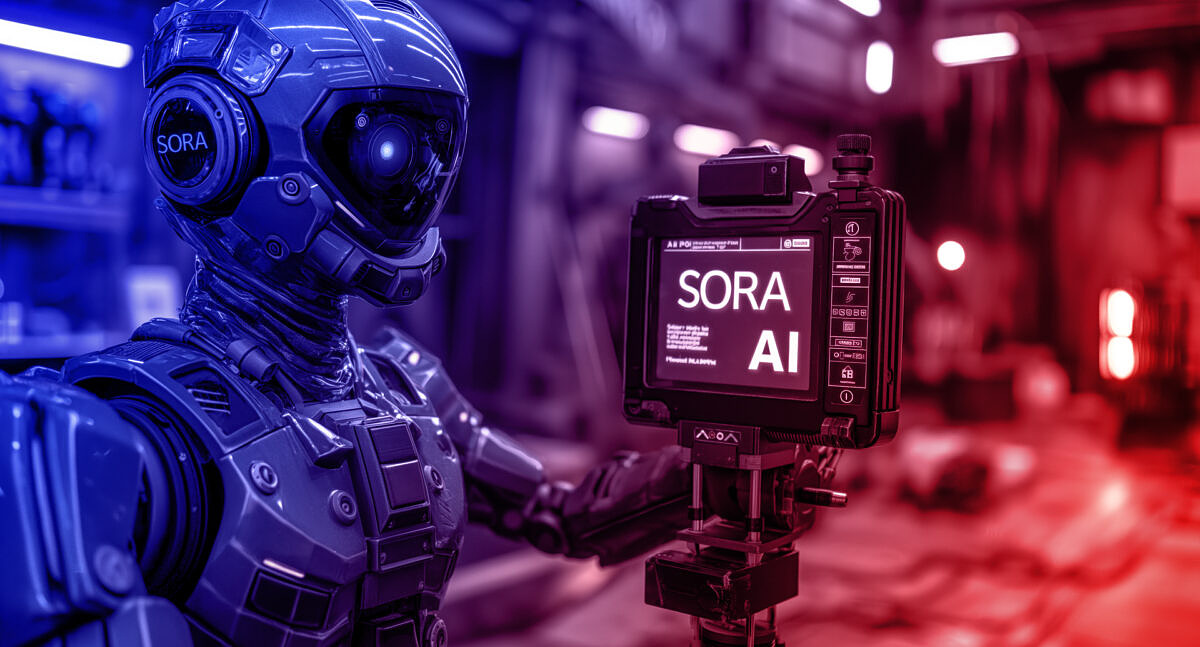In the ever-evolving world of digital media, image to video ai is emerging as a revolutionary force. This technology transforms static images into dynamic video content, opening new doors for storytellers, marketers, educators, and creators across industries. With the explosion of visual content demand across platforms like YouTube, TikTok, and Instagram, the ability to generate engaging video from a single image has become not only desirable but increasingly necessary.

Image to video AI uses machine learning algorithms and deep neural networks to predict movement, depth, and realistic transitions in still images. Through powerful generative models, such as GANs (Generative Adversarial Networks) or diffusion models, these systems can animate facial expressions, simulate environmental changes, or even create cinematic sequences based on a single frame. Image to video AI has transformed static content into dynamic storytelling tools, pushing the boundaries of what’s possible with limited visual resources.
The rise of image to video AI is especially significant for marketers and content creators seeking to produce engaging material with minimal effort. Traditional video production requires time, equipment, and skilled labor, whereas image to video AI can generate compelling animations quickly and affordably. For instance, a brand might take a single product image and use AI to create a looping promotional video that catches attention on social media. The automation and creativity unlocked by image to video AI are changing how marketing teams plan and execute their campaigns.
Educational and training industries are also benefiting from image to video AI. Educators can bring historical photographs to life or simulate scientific processes without needing a full production team. By animating textbook diagrams or creating engaging visual stories from still images, instructors are enhancing learning experiences. With image to video AI, abstract or static material becomes vivid and interactive, making education more engaging for students of all ages.
Another area where image to video AI is gaining traction is in the entertainment industry. Independent filmmakers and animators can now bring ideas to life without big-budget constraints. A storyboard sketch or a concept painting can be transformed into moving visuals that resemble early-stage animation or even final cuts. Image to video AI is providing new tools for indie creators who previously lacked the resources to compete with large studios, democratizing content creation and expanding artistic possibilities.
While the benefits of image to video AI are undeniable, there are ethical and creative challenges that need to be addressed. Misuse of this technology—such as creating misleading content or deepfakes—raises questions about authenticity and consent. It’s important to implement ethical guidelines and verification tools alongside the development of image to video AI to ensure responsible use. Despite these concerns, the positive applications of the technology far outweigh the risks when used with transparency and integrity.
Technological advancements are accelerating the capabilities of image to video AI. New models now offer higher frame rates, better resolution, and more accurate motion estimation. These improvements make the generated videos almost indistinguishable from professionally shot footage. As cloud computing and GPU performance continue to grow, image to video AI will only become more accessible and powerful for users of all skill levels, from hobbyists to professionals.
E-commerce and real estate industries are also embracing image to video AI to enhance customer engagement. Real estate agents can animate interior shots of properties to simulate walkthroughs, while online retailers can showcase products in 360-degree motion, increasing buyer confidence. The use of image to video AI in such applications boosts interactivity and provides a richer, more immersive browsing experience, ultimately driving sales and customer satisfaction.
Social media platforms have become fertile ground for image to video AI. Influencers, brands, and casual users are leveraging the technology to generate eye-catching content with minimal input. Whether it’s animating a travel photo or creating a looping video from a pet portrait, image to video AI enables users to elevate their content quickly. The blend of creativity and automation is ideal for the fast-paced, visually driven world of social media.
Looking to the future, the potential applications of image to video AI are vast. As virtual reality and augmented reality become more prevalent, this technology will play a crucial role in generating immersive environments and characters. AI-generated videos could also become integral in video games, allowing developers to animate scenes on the fly using static concept art. The fusion of AI, gaming, and virtual storytelling suggests that image to video AI will be a cornerstone of future digital experiences.
In conclusion, image to video AI is not just a technological novelty; it is a powerful tool reshaping the landscape of digital content creation. From marketing and education to entertainment and e-commerce, the ability to animate still images is proving transformative. As the technology continues to evolve and become more widely adopted, image to video AI is poised to become an essential component of visual communication and creativity in the digital age.